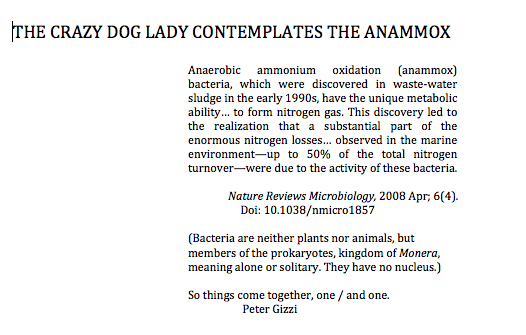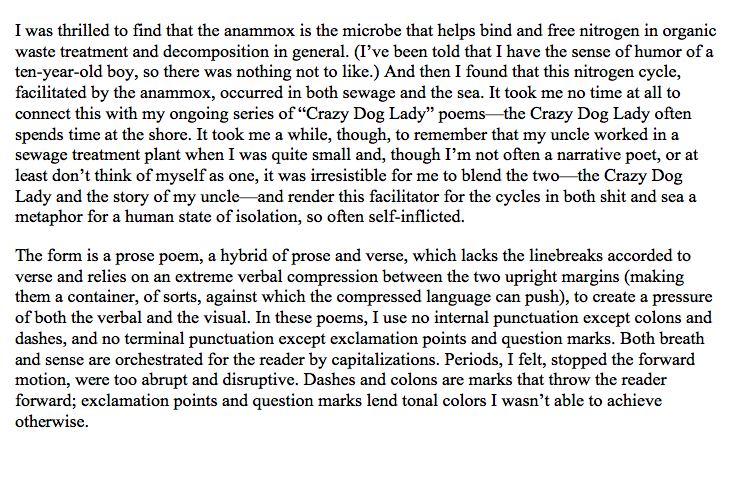Kuenenia stuttgartiensis
About This Microbe: Mike Jetten
Anaerobic ammonium-oxidizing (anammox) bacteria defy many concepts in microbiology and share several properties with both archaea and eukaryotes. Among their most intriguing properties are the use of the rocket fuel hydrazine, the presence of ladderane lipids, and a compartmentalized cell plan. The anammox cell is divided into three separate compartments by bilayer membranes compoased of so called ladderane lipids. The anammox cell consists of (from outside to inside) the cell wall in which only very recently peptidoglycan was discovered to be present, periplasm, cyto/riboplasm, and the central organelle termed the anammoxosome. The composition and function of both the anammox cell wall and the paryphoplasm compartment are in it’s infancy. The cell wall is proposed to be proteinaceous and containing a glycosylated S-layer. Metagenomics analysis indicated that anammox bacteria may have an outer membrane like Gram-negative bacteria. The function of the periplasm is unknown, but it contains a very large cell division ring. The riboplasm may resemble the cytoplasmic compartment of other bacteria as it contains ribosomes, assimilatory machinery and the nucleoid. The anammoxosome occupies most of the cell volume and is a so-called “prokaryotic organelle” may be analogous to the eukaryotic mitochondrion. This is the site where the anammox reaction with hydrazine and nitric oxide as intermediates takes place. The conversion of these powerful compounds may give rise to a proton motive force and subsequent ATP synthesis at the anammoxosome membrane. With these unique properties, anammox bacteria continue to amaze and give fuel to the debate on the early evolution of the 3 domains of life.
Figure Legend
Electron-micrograph of a high-pressure frozen, freeze fractured Kuenenia stuttgartiensis anammox cell, caught in the middle of its division cycle. On the left cell the fracture plane breaks through the S-layer and periplasm and continues over the inner membrane. The cell on the right is fractured through the anammoxosome and its characteristic tubular-like nxr structures are clearly visible. Scale bar: 200 nm. Image Courtesy Rob Mesman RU Nijmegen.
Artist Response: Renée Ashley
Renée Ashley Artist Statement:




